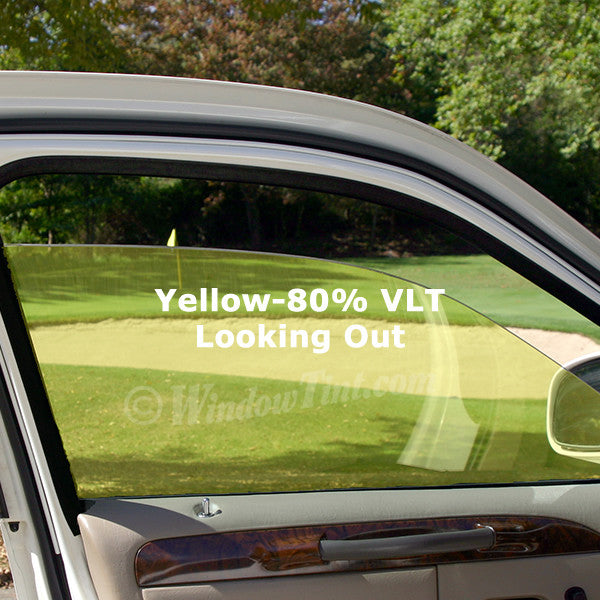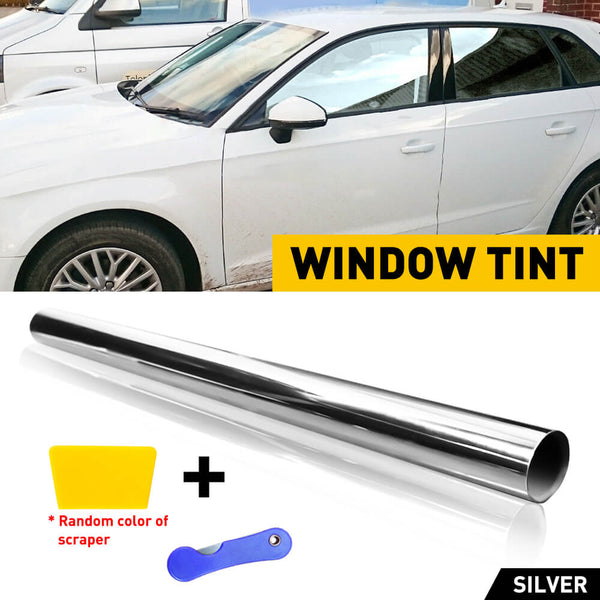Recognizing the Various Types of Car Window Tinting: Which One Is Right for You?
The selection of auto window tinting can significantly impact both the capability and appearances of your automobile. With numerous choices available, such as dyed, metalized, ceramic, and crossbreed colors, each presents distinctive benefits customized to particular demands and preferences. Recognizing these distinctions is essential for making an informed option that lines up with your way of living and budget plan. As you consider the ramifications of each type, it pleads the inquiry: which variables will ultimately direct your decision in this multifaceted landscape?
Review of Vehicle Window Tinting
The main objective of window tinting is to minimize glow and warm from the sun, which can lead to a much more comfortable driving experience. Furthermore, colored windows assist safeguard the interior of the automobile from unsafe UV rays, reducing the danger of fading and deterioration of upholstery and dashboard products.
Colored home windows can hinder possible thieves by making it much more challenging to see valuables left inside the car. Inevitably, auto home window tinting serves as a multifunctional enhancement that incorporates design with safety, making it a worthy consideration for car owners seeking to enhance their driving experience - Chavez Auto Detailing Window Tinting.
Kinds Of Window Tinting
Discovering the different kinds of window tinting reveals a variety of alternatives tailored to fulfill various demands and choices. The most common kinds consist of dyed, metalized, ceramic, and crossbreed tints.
Dyed window tint entails a layer of dye related to the film, providing a streamlined look and decreasing glare. While it effectively blocks UV rays, it might not provide the very same level of heat being rejected as various other kinds.
Metalized window color includes small metal bits that reflect warmth and UV rays. This type enhances longevity and includes stamina to the glass however can interfere with electronic signals, such as general practitioner and mobile phone function.
Ceramic window color is a costs option that makes use of sophisticated modern technology to supply superior heat denial and UV defense without the drawbacks of steel interference. It preserves visibility while providing a high level of comfort.
Hybrid tint integrates colored and metalized elements, offering a well balanced solution that supplies both visual charm and performance. Each type has unique features that affect aspects like appearance, heat being rejected, and signal interference, enabling customers to pick based on particular demands and choices.
Advantages of Each Color Type

Metalized window color, on the other hand, enhances longevity and heat rejection. The metal bits installed in the movie mirror warm and UV rays, consequently preserving a cooler inside and protecting furniture from fading. This kind also adds an additional layer of personal privacy as a result of its reflective residential properties.
Ceramic home window tint is well-known for its exceptional performance. It blocks up to 99% of UV rays and dramatically reduces warmth without disrupting digital signals, making it perfect for look at more info modern cars outfitted with sophisticated innovation. It tends to be more expensive, its longevity and performance typically validate the investment.
Variables to Consider
When picking the proper window color for an automobile, numerous important aspects enter into play that can considerably influence the decision. The legal regulations pertaining to window tinting vary by state and region. Understanding these regulations is important to prevent prospective penalties and ensure conformity with regional criteria.
Another vital consideration is the degree of warmth and UV security desired. Different color types offer differing levels of heat being rejected and UV protection, impacting both convenience and the long life of the lorry's inside. Furthermore, one ought to think about the visual charm of the tint, as some alternatives might enhance the automobile's look while others might interfere with it.

Making Your Decision
After considering the numerous factors involved in selecting the right window tint, the decision-making process can begin. Beginning by assessing your key objectives for tinting. Whether your focus gets on UV security, warmth reduction, personal privacy, or visual appeals will considerably affect your choice.
Next, official website analyze the legal constraints in your area relating to home window tint darkness and reflectivity (Chavez Auto Detailing Window Tinting). Compliance with regional legislations is necessary to prevent penalties and guarantee safety

Additionally, think about the durability and service warranty of the item. Buying a higher-quality film might initially cost even more however can conserve cash with time via resilience and decreased requirement for replacement.
Final Thought
To conclude, selecting the proper type of auto window tinting necessitates mindful factor to consider of specific demands and preferences. Each color kind-- colored, metalized, ceramic, and hybrid-- uses distinctive advantages, varying from cost-effectiveness to improved longevity and UV defense. Additionally, understanding of local laws is essential in the decision-making procedure. Ultimately, a comprehensive examination of these factors will cause a knowledgeable selection, guaranteeing the ideal balance in between functionality, looks, and conformity with lawful standards.
Each type of window tinting deals distinctive advantages that provide to differing choices and requirements. Dyed home window tint is prominent for its visual allure, supplying a sleek appearance while decreasing glow and blocking harmful UV rays.Metalized window color, on the various other hand, boosts toughness and heat denial.When picking the appropriate window tint for a car, numerous important factors come right into play that can considerably influence the last choice.In final thought, choosing the ideal type of automobile home window tinting requires mindful factor to consider of individual requirements and preferences.
 Ariana Richards Then & Now!
Ariana Richards Then & Now! Jonathan Lipnicki Then & Now!
Jonathan Lipnicki Then & Now! Richard "Little Hercules" Sandrak Then & Now!
Richard "Little Hercules" Sandrak Then & Now! Andrea Barber Then & Now!
Andrea Barber Then & Now! Gia Lopez Then & Now!
Gia Lopez Then & Now!